#zone8
Text
Zone 8 Social Workout (@zone8sw)
With Zone 8, apart from being healthy, sports must also be fun
Aug 2022 Because the training ground is located in Zone 8 of the GBK Stadium, this community is named Zone 8. The training schedule is held every Tuesday and Thursday.
In the context of zone 8 and August 17 birthdays, games and workout events were held together

0 notes
Photo

Another one? Imma plant a little of everything! #gardening #zone8 https://www.instagram.com/p/Cl9WUPQOYDY/?igshid=NGJjMDIxMWI=
0 notes
Text
Embrace Your Power: Building Unshakable Self-Confidence in Your Abilities - 6 Practical Steps
Self-Confidence is the cornerstone of success. It’s the invisible force that propels individuals to take risks, pursue their dreams, and overcome obstacles.
The Psychology of Confidence1. Self-Belief2. Positive Self-Talk3. Mastery and Competence4. ResiliencePractical Steps to Boost Your Confidence5. Set Clear Goals6. Celebrate Small Wins7. Expand Your Comfort Zone8. Visualization9. Seek…

View On WordPress
0 notes
Photo
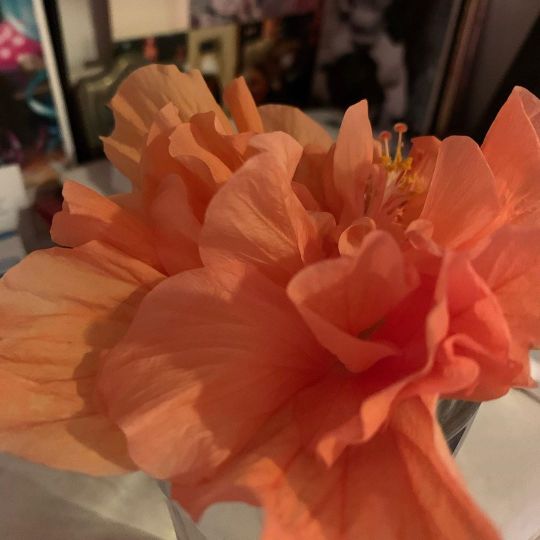
#hibiscus #garden #zone8 https://www.instagram.com/p/CBZpmg9BDe_/?igshid=1vxjkkjdi0u88
1 note
·
View note
Photo


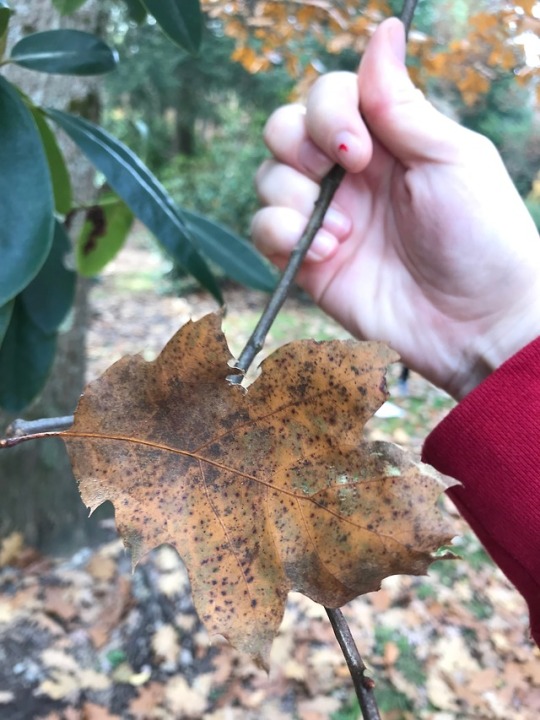




Northern Red Oak Quercus rubra
Plant community: N/A
Native to North America
Found in Eastern North America
Mature size: 50-75’ high, 50-75’ canopy width
Habitat and growing conditions: Found in average, dry, acidic soil in full sun. Lives in forests and woodlands.
Hardiness zone: Zones 4,5,6,7,8
Leaf color: green
Flower color: yellow-green
Medicinal uses:
· Properties: antiseptic, astringent, emetic, febrifuge
· Treatments: ingestion, wash, topical
· Uses: The bark and inner bark are antiseptic, astringent, emetic, and reduce fevers. It is used in the treatment of indigestion, asthma, severe coughs, hoarseness, fevers, and bleeding. It is used as a wash for rashes and burns. The bark can be chewed as a treatment for mouth sores. The bark contains tannins, experimentally these have been shown to be antiviral and antiseptic. Any galls can be used in the treatment of lacerations.
Sources:
https://pfaf.org/user/Plant.aspx?LatinName=Quercus+rubra
https://gobotany.newenglandwild.org/species/quercus/rubra/
http://www.missouribotanicalgarden.org/PlantFinder/PlantFinderDetails.aspx?taxonid=280723&isprofile=1&basic=quercus%20rubra
#zone4#zone5#zone6#zone7#zone8#antiseptic#astringent#emetic#fever#coughs#mouth#hemorrhage#wash#topical#burns#sores#emmastoppicks
2 notes
·
View notes
Photo

I have watched a dozen or more YouTube videos on growing lettuce in the fall. So I planted all these frost tolerable leafy greens here in the house and will transplant them out under our car size canopy with the bunnies. Who will be enjoying them with us. #zone8a #zone8 #lettucemix #spinach #tatsoi #botanicalinterestsseeds #sproutsfarmersmarket (at Sprouts Farmers Market) https://www.instagram.com/p/Br_8DN1hOM8/?utm_source=ig_tumblr_share&igshid=z8897v969waq
1 note
·
View note
Photo
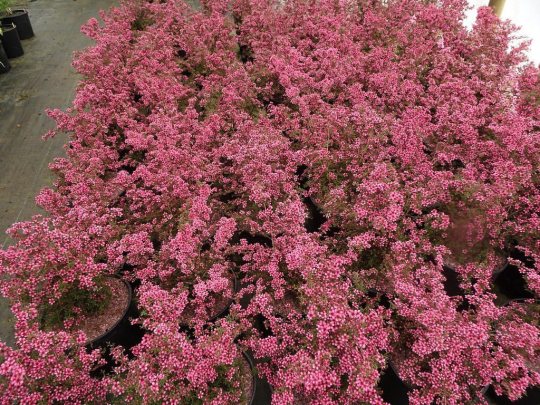
LEPTOSPERMUM SCOPARIUM 'KIWI' NEW ZEALAND TEA TREE zone 8-11 👍🏽 https://mrmaple.com/collections/mrmaple-10-new-trees-10am-on-tuesday/products/buy-leptospermum-scoparium-kiwi-new-zealand-tea-tree photo by Buchholz #mrmaple #leptosperumscoparium #kiwi #newzealand #teatree #flowers #pinkflowers #horticulture #gardening #zone8 #zone9 #zone10 #zone11 (at MrMaple.com) https://www.instagram.com/p/CEUd6hngleV/?igshid=g7m71etchzg
#mrmaple#leptosperumscoparium#kiwi#newzealand#teatree#flowers#pinkflowers#horticulture#gardening#zone8#zone9#zone10#zone11
0 notes
Photo

Don't look now! Ya boy dropping new music on #valentines #day Stay tuned for #giveaways in the month of #february #thebayarea showed me so much #love I'll be back soon, but I gotta head back that #atlanta #pressure #gritty #zone1 thru #zone8 #e40 #outkast #macdre #ludacris #404 #408 #atothebay (at San Jose, California) https://www.instagram.com/p/B773XbmHBYY/?igshid=1vbpi97sgwl08
#valentines#day#giveaways#february#thebayarea#love#atlanta#pressure#gritty#zone1#zone8#e40#outkast#macdre#ludacris#404#408#atothebay
0 notes
Photo
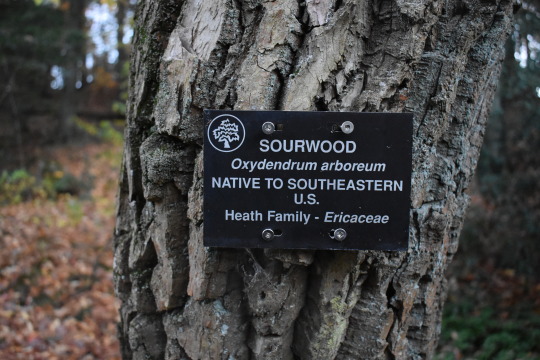

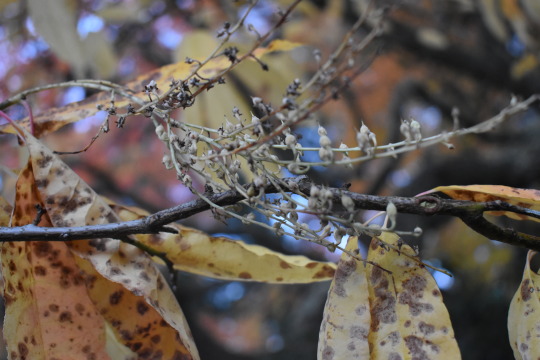

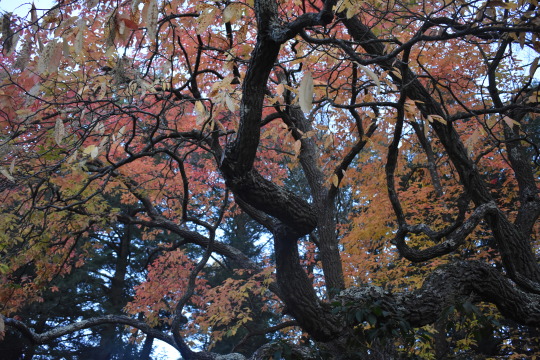
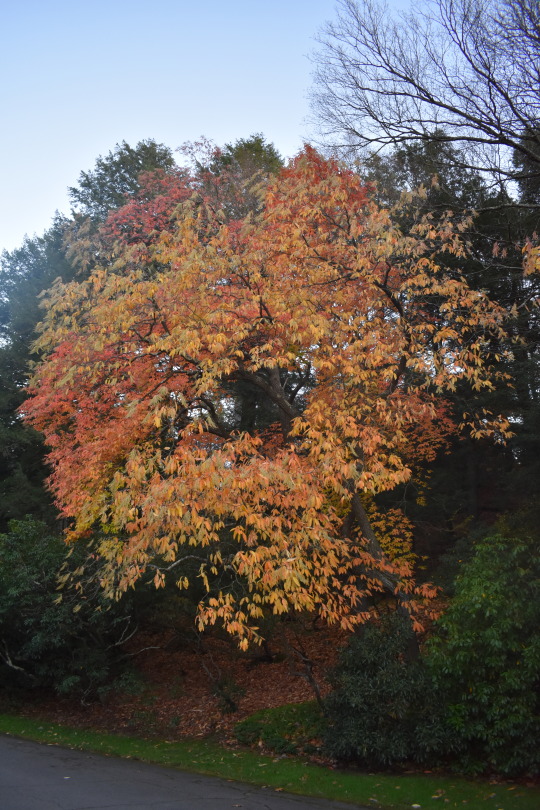
Oxydendrum arboreum / Sourwood
Family: Ericaceae
Native: Eastern and Southern United States
Mature Size: 50-60ft height; 10-25ft spread
Habitat: acidic, moist, organically rich, well-drained soils in full sun
Hardiness Zone: 5-9
Leaf Color: glossy green leaves; crimson red in the fall
Flower color/Bloom time: white; June to July
Enclosure:
The Sourwood tree has a short, straight, slender trunk before branching off into a crooked irregularity. The irregular branches are strong and thick and create unique opportunities to support treehouse structures, with various angles of branches in all directions. Large structures may be supported at the intersection of large, lower branches on the Sourwood tree. Additionally, large branches will grow not far from the ground, making any structure in the tree relatively accessible. The accessibility is helped by the irregularities of the branches, as they can create a natural circulation ladder through the tree, depending on the configuration.
Treehouse Structure Precedents:
Simple Decking. The decking situated on the branches of a Northern Catalpa would be simple in structure as shown below, but would be smaller in area and located next to the central trunk rather than surround it completely. This would be built using the Tadashi Kawamata method.

Photo Source
Sources:
Lady Bird Johnson Wildflower Center https://www.wildflower.org/plants/result.php?id_plant=OXAR
Missouri Botanical Garden http://www.missouribotanicalgarden.org/PlantFinder/PlantFinderDetails.aspx?kempercode=a887
North Carolina Plant Toolbox https://plants.ces.ncsu.edu/plants/oxydendrum-arboreum/
Plants for a Future https://pfaf.org/user/Plant.aspx?LatinName=Oxydendrum+arboreum
American Conifer Society https://conifersociety.org/search/?snaptcha=6qOPmklyV3gV63MZLUzeaZC4xq68oLxBkAVt&q=Oxydendrum+arboreum
USDA Plants Database https://plants.usda.gov/core/profile?symbol=OXAR
#Ericaceae#zone5#zone6#zone7#zone8#zone9#North America Native#large structure#circulation#oakhickoryforest
0 notes
Photo
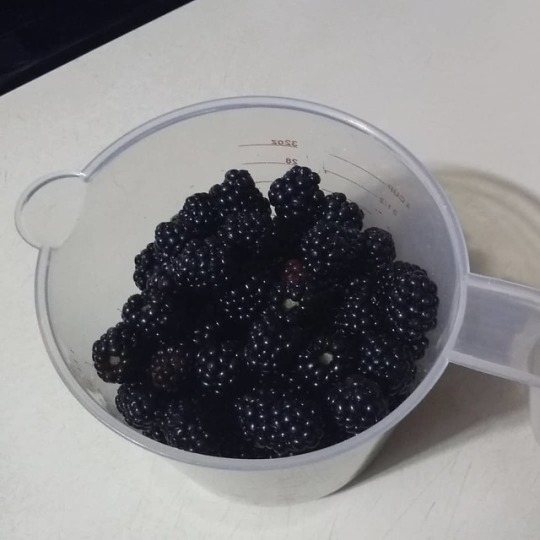
Just of 2 cups. #blackberries #urbangarden #blackberryjam #zone8 #northtexas #bestseasonever #goodsnack https://www.instagram.com/p/ByG7nZUALl_/?igshid=ry4rdw7mdz08
0 notes
Photo
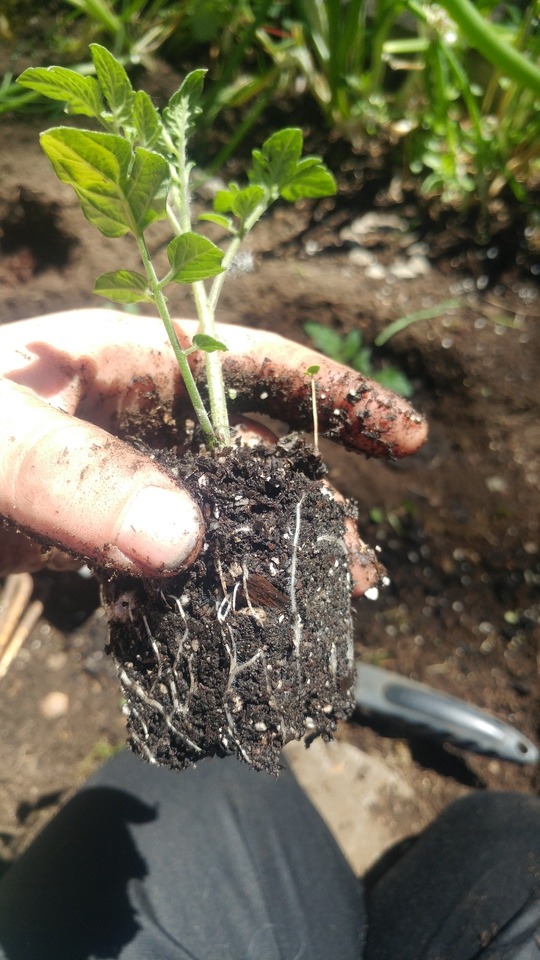
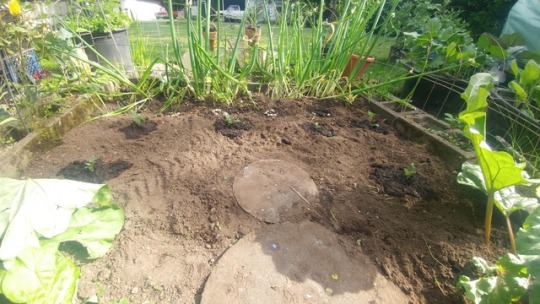

Remember those tomato suckers I pulled off of my mature Sweet Million plant? Well they successfully root and I ended up with 11 more plants! I gave 3 away and today I put my two larger ones into containers and my 6 smaller into the ground. I have never grown tomatoes in the ground so it will be interesting to see how they turn out! I never found them wilty in the process of rooting them and I was happy to find lots of healthy roots on all of them.
#sweet million tomatoes#container gardening#vegetable garden#organic#zone8#permaculture#homesteading#save your seeds#grow food not lawns#clone#suckers#tomato
11 notes
·
View notes
Photo





Moraine Honey Locust (Gleditsia triacanthos ‘Moraine’) syn. Gleditsia triacanthos var. inermis ‘Moraine’
Mature Size - (40-50′ x 40-50′) Smaller than species.
Shape and Form - Rounded to oval crown
Growth Habit - Akin to species.
Leaves - Akin to species.
Flowers - Akin to species.
Fruit/Seeds - Akin to species, though fruiting much less, if at all.
Bark - Akin to species, aside from the lack of thorns on Gleditsia triacanthos ‘Moraine’.
Region - NA
Hardiness Zones - (3-8)
Habitat/Growing Conditions - Akin to species.
Plant Community - NA, see species.
Eco-indicator - NA
Other info - Moraine Honey Locust is a cultivar of Honey locust (Gleditsia triacanthos).
This selection was the earliest thornless form to be patented (in 1949) and widely introduced on the market. It is fruitless (for the most part) and forms a wide, spreading tree 40' tall and wider. Good pest resistance (including a greater resistance to web-worm) and yellow fall color ensure this plant's continued popularity. Dirr considers this selection to be the standard for which other inermis varieties are to be judged.
Current Nursery Status and Availability - Easily available in nursery trade. Dirr mentions this cultivar in his 6th edition woody plants manual.
http://www.missouribotanicalgarden.org/PlantFinder/PlantFinderDetails.aspx?kempercode=a871
https://www.fs.fed.us/database/feis/plants/tree/gletri/all.html
http://www.hort.uconn.edu/plants/detail.php?pid=194
https://www.uaex.edu/yard-garden/resource-library/plant-week/honey-locust-moraine-1-11-13.aspx
Dirr - “Manual of Woody Landscape Plants”
Wessels - “Reading the Forested Landscape”
#zone3#zone4#zone5#zone6#zone7#zone8#USA native#medium tree#autumn color#yellow autumn color#tolerates poor soils#tolerates salt#tolerates drought#nitrogen fixing#tolerates wet soil
0 notes
Photo

Azaleas and bumblebees. #home #springtime #flowers #bumblebee #hotpink #azaleas #zone8 https://www.instagram.com/p/Cbs_vg3pM8J/?utm_medium=tumblr
0 notes
Photo

My son in law came to fix my bolder's today and I planted some #Corn 🌽 #okra 🌱 #peas 🌿 #squash and #pumpkin 🎃 It's a little bit early but I'm prepared for the frost in late Feb or early March. #elpasogardens #texasgardens #zone8 #zone8a (at El Paso, Texas) https://www.instagram.com/p/BtZ5NwcB17p/?utm_source=ig_tumblr_share&igshid=1lm5n1mwckyyw
0 notes
Photo


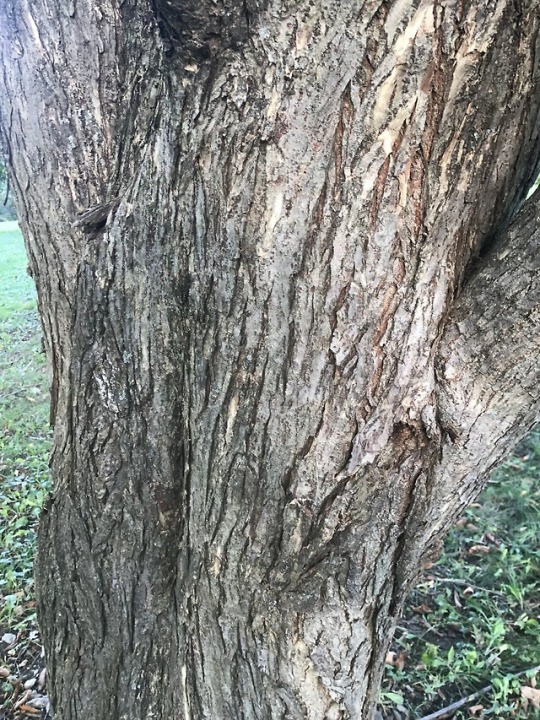
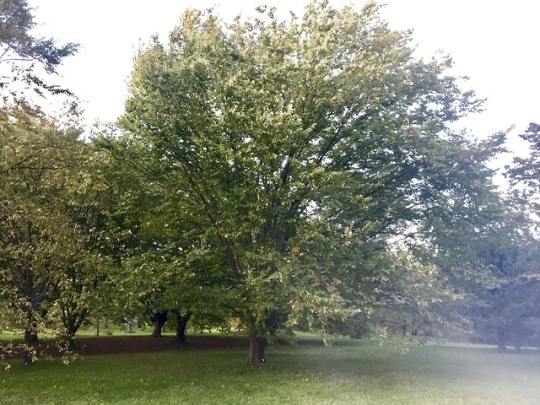

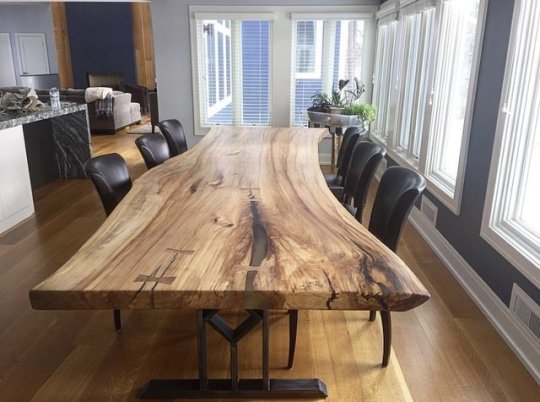
Common Name: American Elm
Scientific Name: Ulmus americana
Native Region/Country: Eastern North America
Habitat/Preferred Growing Conditions: Rich soils, especially by streams and in lowlands. Found on a range of soil types, from acidic to mildly alkaline
Plant Community: Red Maple Swamp
Mature Size: 60-80′ tall, 40-70′ spread
Hardiness Zone: 2-9
Leaf Color: green
Flower: reddish-green
Use in Consumer Products: Leaves can be eaten cooked or raw. The inner bark can be used to make a coffee-like drink. The bark is used in making paper and ropes. The inner bark is very fibrous and used for string and rope. Wood can be used for flooring, boxes, hockey sticks, wheel hubs, cooperage, and agricultural implements.
American Elm in Boston Common: tweet https://twitter.com/FOPG/status/896733253687816192/photo/1?ref_src=twsrc%5Etfw%7Ctwcamp%5Etweetembed%7Ctwterm%5E896733253687816192&ref_url=https%3A%2F%2Fwww.universalhub.com%2Fquestions%2F2017%2Foddly-cut-tree-boston-common
Sources:
pfaf.org
gobotany.newenglandwild.org
missouribotanical.org
wildflower.org
https://www.wood-database.com/american-elm/
0 notes
Photo





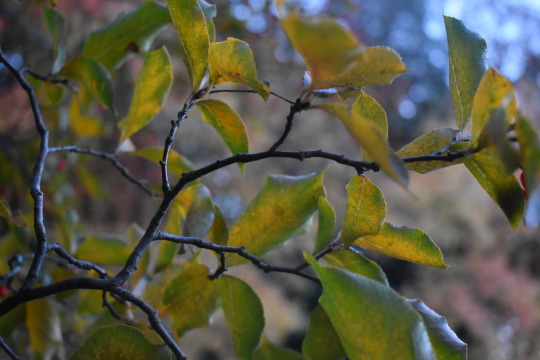

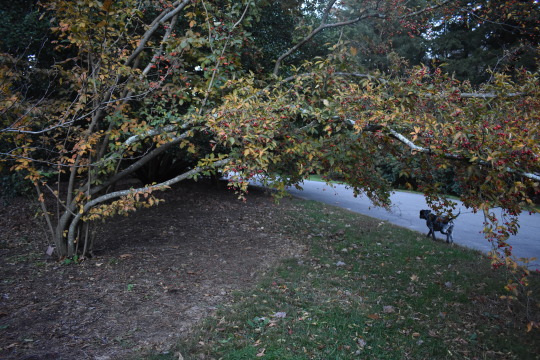
Photinia Villosa / Oriental Photinia
Family: Rosaceae
Native: China, Japan, Korea
Mature Size: 8-15ft height; 8-12ft spread
Habitat: clay, well drained soil;
Hardiness Zone: 4-8
Leaf Color: green; golden, bronze yellow in the fall
Flower color/Bloom time: white; fall season
Enclosure:
The general geometry of the Oriental Photinia is such that it can not support any treehouse structure, nor does it create any sense of enclosure from it’s leaf canopy. However, the irregularity of the long branches can offer isolated shade canopy, so the Oriental Photinia is useful for creating a semi-screen, where privacy or light is not desired to be blocked out completely, but only a little bit.
Sources:
North Carolina Plant Toolbox https://plants.ces.ncsu.edu/plants/photinia-villosa/
Plants for a Future https://pfaf.org/user/Plant.aspx?LatinName=Photinia+villosa
USDA Plants Database https://plants.usda.gov/core/profile?symbol=PHVI81
0 notes